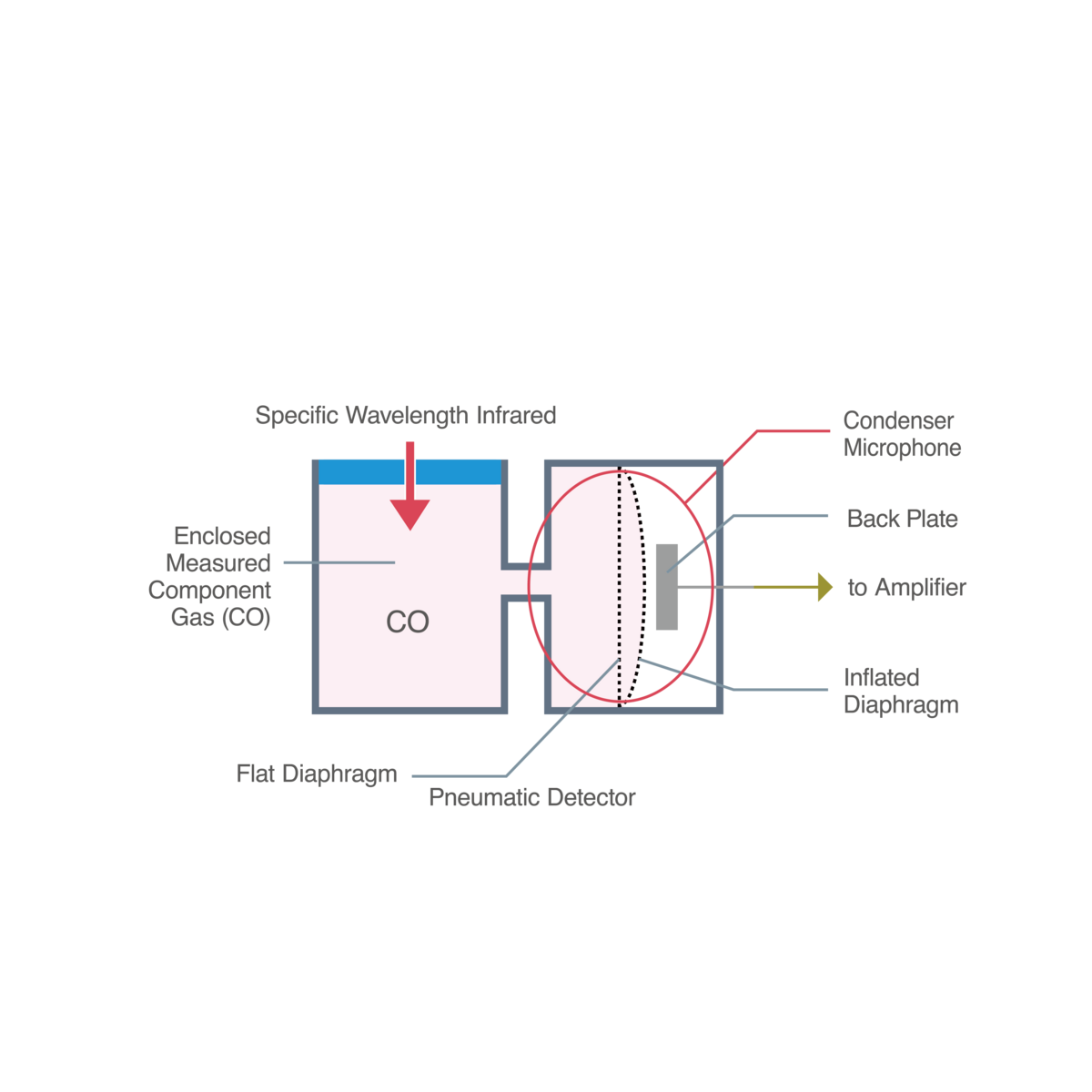
Figure 4: Basic construction and operating principles of infrared gas analyzer
The sampled gas (sample gas) flows into a gas cell, called a sample cell, where it is irradiated by infrared radiation from an infrared light source, causing the various gas molecules in the sample gas to absorb infrared radiation of each specific wavelength corresponding to their gas concentration.
The optical filter transmits to the detector only specific infrared radiation absorbed by the gas component to be measured in the sample cell. The detector is filled with the measured component's gas and the infrared radiation transmitted through the optical filter is absorbed by the gas molecules (measured component) in the detector. The absorbed energy increases the vibration of the gas molecules and generates heat.
The gas pressure increases due to the heat generated in the detector. This change is detected by sensors (condenser microphone, flow sensor, etc.) inside the detector, and the gas concentration of the measured component in the sample gas is measured by processing the sensor signal (Figure 4).
For example, when the concentration of carbon monoxide (CO) in a sample gas is measured, CO is enclosed in the detector. The detector using the enclosed gas is generally called a pneumatic detector.
In addition to pneumatic detectors, there is a detector that incorporates pyroelectric sensors that detect infrared radiation absorbed in the sample cell by temperature change.
Single-Beam Method (with pyroelectric sensor).. Method 4

